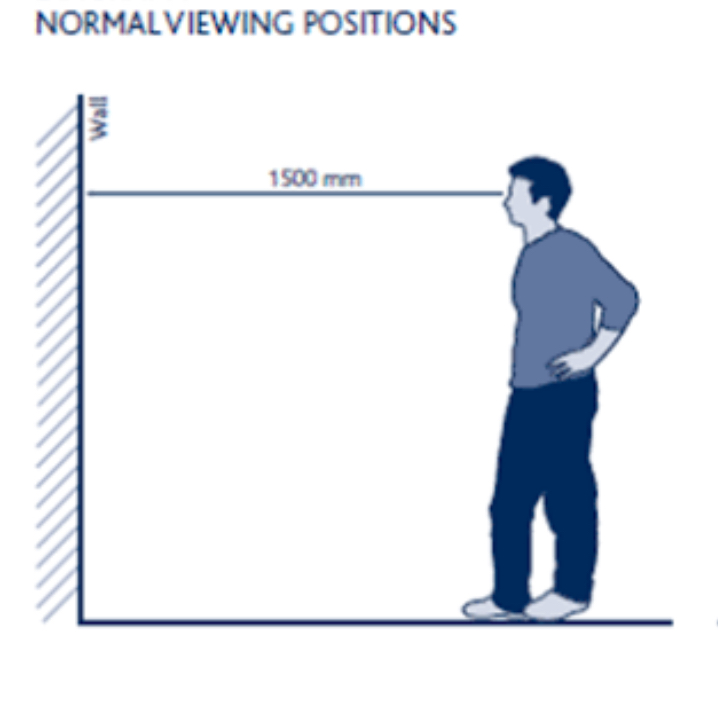Understanding Painting Defects: A Comprehensive Guide by Flash Painting Services Pty Ltd
Understanding Painting Defects: A Comprehensive Guide by Flash Painting Services Pty Ltd When it...
Understanding Painting Defects: A Comprehensive Guide by Flash Painting Services Pty Ltd When it comes to painting, whether for your home or commercial space, ensuring a flawless finish is essential. At Flash Painting Services Pty Ltd, we pride ourselves on delivering high-quality painting services across the Bankstown, Liverpool, and Sydney areas. However, even the best painters can encounter defects. This guide will help you understand how to inspect painting defects and familiarize you with Australian painting standards and tolerances. #### Understanding Common Painting Defects 1. **Blistering:** - **What It Is:** Blistering occurs when bubbles form beneath the paint surface, often due to moisture or poor adhesion. - **How to Inspect:** Look for raised areas on the surface. Tap them lightly; if they feel hollow, it’s likely due to blistering. 2. **Cracking:** - **What It Is:** Cracking is characterized by fine lines or fissures in the paint surface, often resulting from improper application or environmental factors. - **How to Inspect:** Examine the surface closely for any visible cracks. Pay attention to stress points, such as corners and joints. 3. **Peeling:** - **What It Is:** Peeling occurs when the paint separates from the substrate, usually due to moisture, dirt, or insufficient surface preparation. - **How to Inspect:** Check for areas where the paint is lifting away from the surface. Gently scrape with a fingernail to see if it comes off easily. 4. **Fading:** - **What It Is:** Fading is the loss of color intensity, often due to prolonged exposure to sunlight. - **How to Inspect:** Compare the painted surface with an adjacent area that hasn’t been exposed to sunlight. A noticeable difference indicates fading. 5. **Streaking:** - **What It Is:** Streaking refers to uneven paint application, often resulting from roller marks or brush strokes. - **How to Inspect:** Review the surface under different lighting conditions. Look for inconsistent color and texture. 6. **Mold and Mildew:** - **What It Is:** Mold and mildew can develop on painted surfaces, especially in damp areas, leading to discoloration and health issues. - **How to Inspect:** Check for dark spots or stains, particularly in bathrooms or kitchens. A musty smell can also indicate mold growth. #### Australian Painting Standards and Tolerances In Australia, painting standards are governed by various guidelines that ensure quality and safety in painting practices. The key standards include: 1. **AS 2311: Guide to the Painting of Buildings:** - This standard provides a comprehensive guide on the preparation, application, and maintenance of paint systems. It outlines best practices for different surfaces and conditions. 2. **AS/NZS 1580: Paints and Related Materials:** - This standard sets out methods for determining the properties of paints and coatings to ensure they meet quality expectations. 3. **AS/NZS 3730.7: Guide to the Evaluation of Paints and Coatings:** - This guideline focuses on the assessment of performance characteristics, including durability, appearance, and environmental impact. #### Tolerances for Painting Defects Understanding tolerances is crucial for both painters and clients. Tolerances define what is acceptable in terms of defects and imperfections. Here are some general tolerances to consider: 1. **Surface Imperfections:** - Minor surface imperfections such as small brush strokes or roller marks may be acceptable, but significant flaws should be addressed. 2. **Color Variance:** - Color variance should be minimal. If two batches of paint show noticeable differences when applied, it’s essential to address this before proceeding. 3. **Adhesion:** - Paint should adhere effectively to the substrate. Conduct adhesion tests if there are concerns about peeling or blistering. 4. **Finish Quality:** - The finish should be uniform. Any significant differences in sheen or texture should be corrected to ensure a consistent appearance. #### Flash Painting Services Pty Ltd's Commitment to Quality At Flash Painting Services Pty Ltd, we are dedicated to adhering to Australian painting standards and delivering exceptional results. Our team is trained to recognize and address potential defects before they become a problem. We believe that understanding painting defects is crucial for both us and our clients, ensuring that every project meets the highest standards of quality and satisfaction. #### Conclusion Inspecting painting defects and understanding Australian painting standards are essential steps in achieving a beautiful and lasting finish. By familiarizing yourself with common defects and tolerances, you can ensure that your painting project meets your expectations. If you’re in the Bankstown, Liverpool, or Sydney areas and need expert painting services, contact Flash Painting Services Pty Ltd today. Our two-time award-winning team is here to help you create the perfect space with our domestic, commercial, maintenance, and strata painting services. Sydney professional painters Flash Painting Services Pty Ltd



